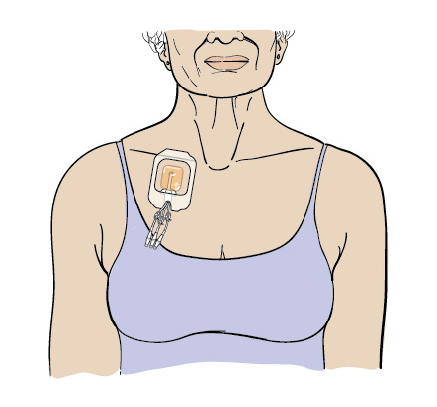One viable treatment option for multiple myeloma patients is a stem cell transplant.
Multiple myeloma stem cell transplant recovery.
A particular complication of donor transplants called graft versus host disease.
In allogeneic transplantation stem cells are given by a donor most commonly a brother or sister.
For an autologous stem cell transplant the.
Learn about the procedure costs risks and recovery of a bone marrow transplant.
The 2 most common problems after this type of transplant are.
Diagnosed with multiple myeloma in august 2010 she had a stem cell transplant in march 2011 and as of september 2013 was on post transplant maintenance bio therapy at dana farber brigham and women s cancer center.
There can be a long period of dormancy that could.
Multiple myeloma isn t considered curable but symptoms wax and wane.
How you can help.
Stem cell transplants have become important weapons in the fight against certain blood cancers such as multiple myeloma non hodgkin s lymphoma hodgkin lymphoma and leukemia a stem cell.
Recovery after a donor transplant takes much longer.
Charlie rider had a stem cell transplant at dana farber as young boy.
In some cases a bone marrow or stem cell transplant is an option.
Stem cell transplant is commonly used to treat multiple myeloma.
Before the transplant drug treatment is used to reduce the number of myeloma cells in the patient s body.
People who have autologous or allogeneic transplants first receive high dose chemotherapy to kill the cancer cells.
The standard of care for fit multiple myeloma patients is to receive high dose chemotherapy hdt with autologous stem cell rescue otherwise known as autologous stem cell transplant asct after completion of induction therapy.
See drug therapy for multiple myeloma stem cell transplants sct can be autologous or allogeneic.
The recovery of polyclonal ig was defined as normalization of all values of serum igg iga and igm 1 year after asct.
Autologous stem cell transplant can provide significant remission that is both long and deep extending survival.
The risk of infection is higher and lasts longer than in transplants using your own stem cells.

